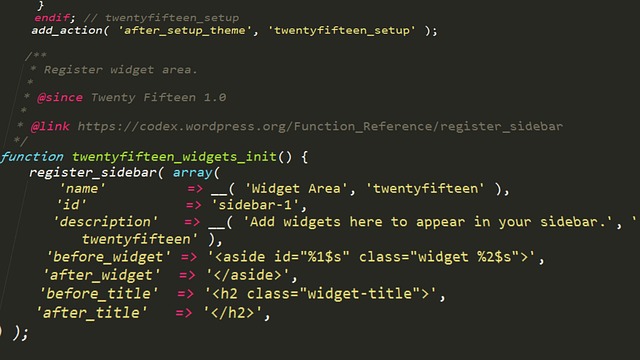Webhooks have become an indispensable tool for developers, enabling real-time communication between different applications. In this guide, we delve deep into the world of webhooks, offering insights tailored for software engineers, Web3 developers, full-stack developers, frontend developers, and other developer-related professions.
What are Webhooks?
Webhooks are essentially user-defined HTTP callbacks. When a specific event occurs in an application, the webhook sees the event, collects the data, and sends it to the URL specified by you in real-time.
Why Developers Need Webhooks
Webhooks offer a plethora of benefits:
- Real-time Data Transfer: Instead of polling for data regularly, get real-time updates.
- Efficiency: Reduces the need for repetitive tasks, saving time and resources.
- Flexibility: Can be integrated with numerous platforms and services.
Setting Up Your First Webhook
Setting up a webhook might seem daunting, but with the right steps, it's a breeze:
- Choose the Event: Decide what event will trigger the webhook.
- Configure the Endpoint: Set up the URL to which the data will be sent.
- Test the Webhook: Ensure that the data is being sent and received correctly.
Best Practices for Webhook Security
Security is paramount. Here are some measures to ensure your webhooks are secure:
- Use HTTPS: Always ensure data is encrypted during transit.
- Validate the Payload: Ensure the data received is what you expected.
- Limit Retries: Set a limit to how many times the webhook will retry sending data.
Troubleshooting Common Webhook Issues
Webhooks are reliable, but issues can arise:
- Data Mismatch: Ensure the sent and received data match.
- Timeouts: Increase your server's timeout duration.
- Endpoint Errors: Ensure the endpoint URL is correct and the server is running.
Webhooks in Modern Development
With the rise of Web3 and decentralized applications, webhooks are more relevant than ever:
- Web3 Developers: Use webhooks to get real-time updates from smart contracts.
- Full Stack & Frontend Developers: Integrate webhooks to enhance user experience with real-time notifications.
Advanced Webhook Integrations
As the tech landscape evolves, so do the applications of webhooks. Let's explore some advanced integrations that are particularly beneficial for developers.
Integrating Webhooks with CI/CD Pipelines
Continuous Integration and Continuous Deployment (CI/CD) are crucial for modern development workflows. Webhooks can be seamlessly integrated into these pipelines:
- Automated Testing: Trigger tests as soon as a commit is made.
- Deployment Notifications: Receive real-time notifications about deployment status.
- Rollbacks: In case of deployment failures, use webhooks to trigger automatic rollbacks.
Webhooks and Serverless Architectures
Serverless architectures are becoming increasingly popular due to their scalability and cost-effectiveness. Here's how webhooks fit in:
- Event-driven Computing: Trigger serverless functions based on specific events.
- Scalability: As the number of events increases, webhooks can handle the load without manual intervention.
- Cost Efficiency: With serverless, you only pay for what you use. Combined with webhooks, it ensures efficient resource utilization.
Webhooks in Microservices
Microservices architecture breaks down applications into small, manageable services. Webhooks can facilitate communication between these services:
- Service Coordination: Use webhooks to coordinate tasks between different services.
- Data Synchronization: Ensure all microservices have the latest data in real-time.
- Error Handling: If one service fails, use webhooks to notify other services to take appropriate action.
The Future of Webhooks
The potential of webhooks is vast, and their applications will only grow:
- IoT Integration: As the Internet of Things (IoT) expands, webhooks can be used to relay data between devices in real-time.
- AI and Machine Learning: Webhooks can trigger machine learning models to process data as soon as it's available.
- Decentralized Web: With the growth of Web3, webhooks will play a pivotal role in decentralized applications, ensuring real-time data flow across platforms.
Key Takeaways
- Webhooks are versatile and can be integrated into various architectures and platforms.
- They play a crucial role in modern development practices, ensuring real-time data transfer and efficient workflows.
- As technology evolves, the relevance and applications of webhooks will only increase, making them an essential tool for every developer.
Conclusion
Webhooks are a powerful tool in a developer's arsenal. They streamline processes, enhance user experience, and play a pivotal role in modern development practices. By understanding and implementing webhooks effectively, developers can stay ahead in the ever-evolving tech landscape.


